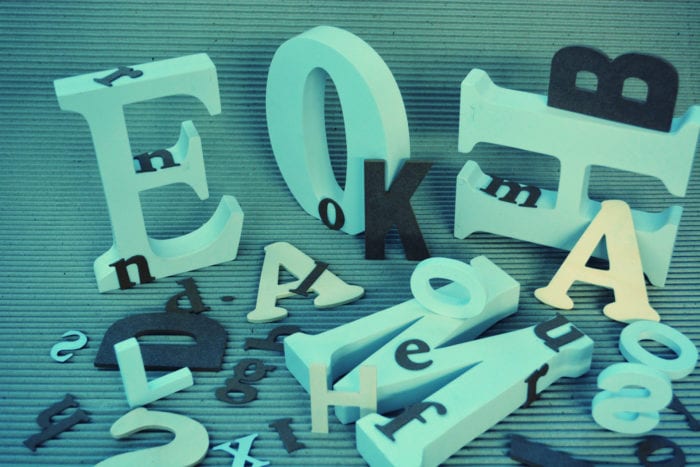Who Benefits from Large Print Documents? You Might be Surprised.
Published onDid you know that large print is one of the most requested accessible formats? Customers with a visual disability often request communications and documents from businesses in this format. But, it might surprise you how many customers appreciate and benefit from large print documents.
Visually Impaired Community
Some companies assume people with visual impairments make up a small percentage of their customer base. Because of that, they may not think to include them in their business efforts. The truth is that more than 7 million Americans over the age of 40 are either legally blind or visually impaired. At age 65 or older, the percentage jumps to 17%.
Providing documents in large print, braille, audio, or other accessible formats isn’t only good customer service; it’s the law. The Americans with Disabilities Act (ADA) requires all organizations to provide equal access to goods, services, and communication to everyone. It’s the “effective communication rule” under Title II and Title III of the ADA that makes equal access mandatory for public and private businesses.
Senior Citizens
Although the chances of a visual disability increases with age, many senior citizens aren’t visually impaired. Yet, most do experience some level of vision loss. Large print makes it easier for them to read and understand important financial, medical, or legal information. Offering large print versions of your business documents shows your commitment to the well-being of your customers, patients, and clients.
Eye Strain Sufferers
Have you ever stared at a computer screen for hours only to realize you have a headache or watery eyes? If so, you’ve experienced eye strain.
Eye strain can lead to difficulty concentrating, increased sensitivity to light, headache or sore muscles, and itchy, watery, or dry eyes. For some, it goes away quickly once your eyes have a chance to rest. However, it’s part of a larger health condition for others. For these customers, large print documents can be a welcome relief.
People with Dyslexia
Dyslexia affects over 40 million Americans. Sadly, many children go undiagnosed and never receive the help they need. But, a study on the effect of print size found that reading errors decrease when print is larger. The study suggests that a stressed visual system might negatively impact reading comprehension. Having large print documents available helps ease a daily challenge for those affected.
ESL and Reluctant Readers
When English is your second language, small type can make it even harder to understand the contents of a document. Larger type can help improve letter and word recognition, aid reading comprehension, and increase feelings of confidence and satisfaction. And, wouldn’t you like all your customers to feel confident and satisfied when doing business with you?
Large Print is More Than Large Fonts
Converting a document into large print is more than increasing the font size. Design elements such as bold type, italics, and colored fonts can all be difficult to read for customers with visual disabilities.
The original font type may need to change to a sans serif font that’s easier to read. You may also need to adjust the spacing between lines of text and letters, as well as the page margins. Finally, an easy-to-read and pleasant design provides effective communication and a good customer experience.
Providing high-quality large print documents not only helps your customers, it shows that your company is serious about accessibility. It demonstrates your commitment to an equal and exceptional experience for every customer at every stage.
Categorized in: Accessibility
This post was written by








Comments are closed here.